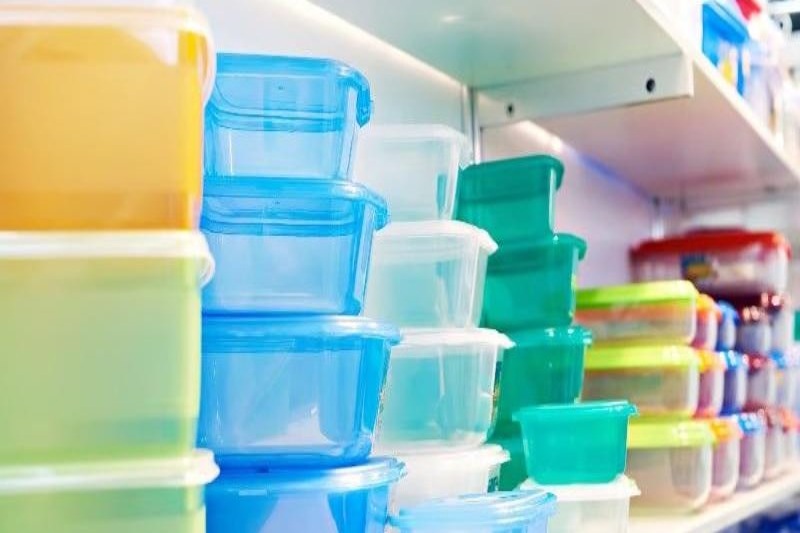Doctors Warn That “Everywhere Chemicals” in Plastic Food Containers and More are Connected to Preterm Births

Experts are now warning about the impact of man-made compounds called phthalates, often known as “everywhere chemicals,” in the fetus.
According to a recent study supported by the National Institutes of Health, phthalates—which are present in common products like food containers and shampoo—may be the cause of the surge in preterm births in the United States.
“In addition to causing inflammation, phthalates have the potential to further disrupt the placenta and initiate the process of preterm labor,” Dr. Leonardo Trasande, the director of environmental pediatrics at NYU Langone Health, stated in a CNN article.
In particular, researchers examined 19 different phthalates, including Di(2-ethylhexyl) phthalate, or DEHP, one of the most well-known phthalates.
“Studies show the largest association with preterm labor is due to a phthalate found in food packaging called [DEHP],” Trasande continued. “In our new study, we found DEHP and three similar chemicals could be responsible for 5% to 10% of all the preterm births in 2018. This could be one of the reasons why preterm births are on the rise.”
To put the increase in perspective, a recent study published in the journal Lancet Planetary Health estimates that in 2018, phthalates caused approximately 57,000 premature births in the US.
According to one European chemical trade association, about 8 million metric tons of phthalates and related compounds are eaten annually worldwide through ingestion, inhalation, or skin penetration.
In the past, studies have connected phthalates to a wide range of possible health issues, including cancer, infertility, birth abnormalities, obesity, asthma, heart disease, diabetes, and premature mortality.
The American Chemistry Council, a trade group for chemicals serving US businesses, maintained that the latest study did not prove a direct link between phthalates and premature babies.
“Not all phthalates are the same, and it is not appropriate to group them as a class,” the organization told CNN. “The term ‘phthalates’ simply refers to a family of chemicals that happen to be structurally similar, but which are functionally and toxicologically distinct from each other.”
Because phthalates have a plastic-like property, they are also called “plasticizers.” It’s the reason, among other things, that paint becomes stretchy, vinyl flooring shines, and rain jackets deflect water.
According to Trasande, “the Consumer Product Safety Commission no longer allows eight different phthalates to be used at levels higher than 0.1% in the manufacture of children’s toys and child care products,” indicating that officials are well aware of the risks.
Regarding food packaging, he expressed his desire for the Food and Drug Administration to follow suit.
Manufacturers respond to accusations of chemical toxicity by developing a new chemical that they represent as safer, although scientists aren’t entirely convinced.
Trasande stated, “When it comes to protecting the public from plastic, we’ve created a worse problem, not a true solution.” According to his earlier studies, phthalate-related illnesses can cost the US economy up to $250 billion annually.
He remarked, “The chemical industry is making money off of people’s backs by increasing the rate of illness and disability, which they then have to pay for.”